
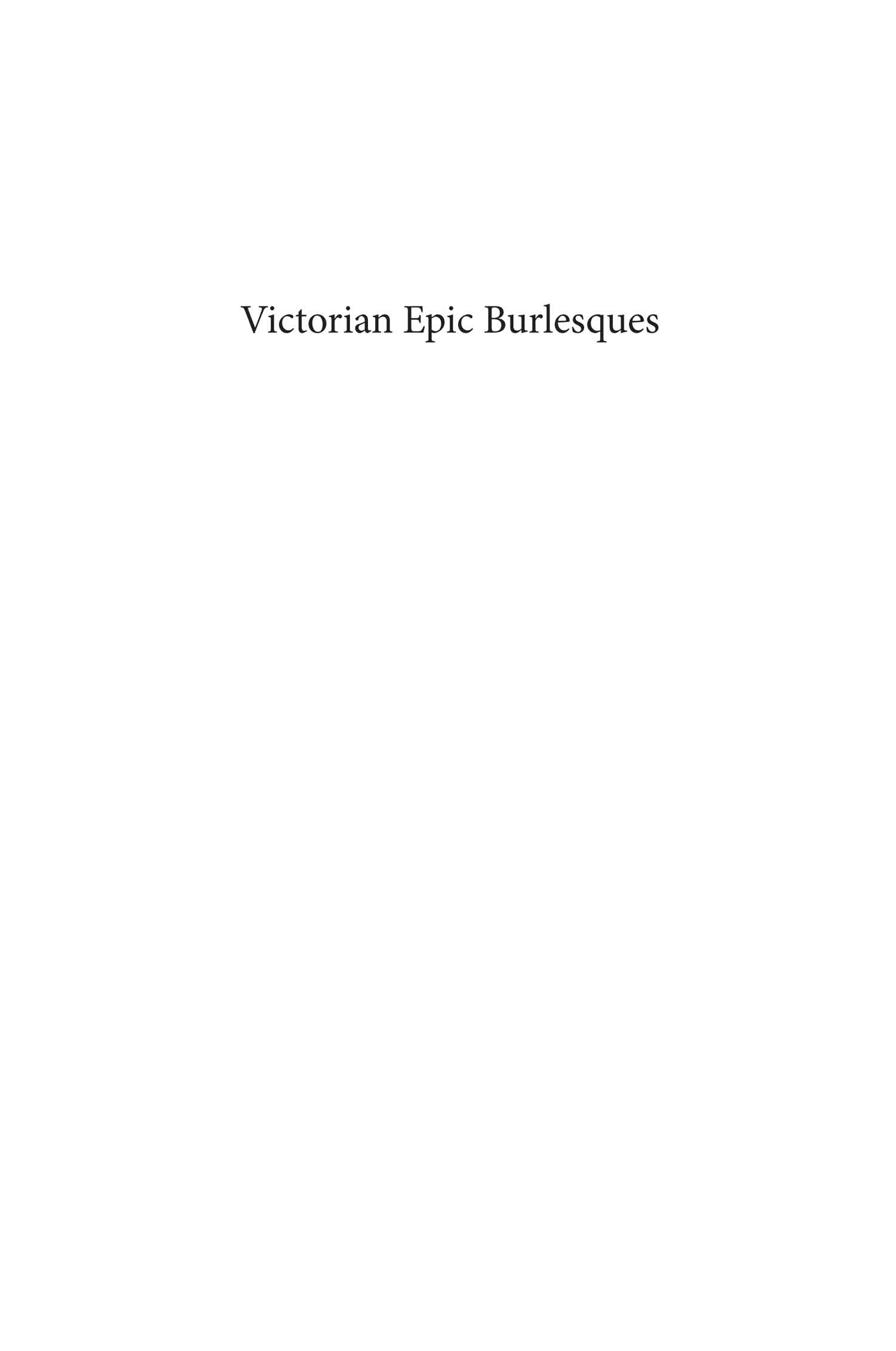 Bloomsbury Studies in Classical Reception Bloomsbury Studies in Classical Reception presents scholarly monographs offering new and innovative research and debate to students and scholars in the reception of Classical Studies. Each volume will explore the appropriation, reconceptualization and recontextualization of various aspects of the Graeco-Roman world and its culture, looking at the impact of the ancient world on modernity. Research will also cover reception within antiquity, the theory and practice of translation, and reception theory. Also available in the Series: Ancient Greek Myth in World Fiction since 1989, edited by Justine McConnell and Edith Hall Ancient Magic and the Supernatural in the Modern Visual and Performing Arts, edited by Filippo Carl and Irene Berti Classics in Extremis, Edmund Richardson Greek and Roman Classics in the British Struggle for Social Reform, edited by Henry Stead and Edith Hall Homers Iliad and the Trojan War, Naose Mac Sweeney and Jan Haywood Imagining Xerxes, Emma Bridges Julius Caesars Self-Created Image and its Dramatic Afterlife, Miryana Dimitrova Ovids Myth of Pygmalion on Screen, Paula James The Codex Fori Mussolini, Han Lamers and Bettina Reitz-Joosse The Gentle, Jealous God, Simon Perris Victorian Classical Burlesques, Laura Monrs-Gaspar
Bloomsbury Studies in Classical Reception Bloomsbury Studies in Classical Reception presents scholarly monographs offering new and innovative research and debate to students and scholars in the reception of Classical Studies. Each volume will explore the appropriation, reconceptualization and recontextualization of various aspects of the Graeco-Roman world and its culture, looking at the impact of the ancient world on modernity. Research will also cover reception within antiquity, the theory and practice of translation, and reception theory. Also available in the Series: Ancient Greek Myth in World Fiction since 1989, edited by Justine McConnell and Edith Hall Ancient Magic and the Supernatural in the Modern Visual and Performing Arts, edited by Filippo Carl and Irene Berti Classics in Extremis, Edmund Richardson Greek and Roman Classics in the British Struggle for Social Reform, edited by Henry Stead and Edith Hall Homers Iliad and the Trojan War, Naose Mac Sweeney and Jan Haywood Imagining Xerxes, Emma Bridges Julius Caesars Self-Created Image and its Dramatic Afterlife, Miryana Dimitrova Ovids Myth of Pygmalion on Screen, Paula James The Codex Fori Mussolini, Han Lamers and Bettina Reitz-Joosse The Gentle, Jealous God, Simon Perris Victorian Classical Burlesques, Laura Monrs-Gaspar  For my husband, with love and thanks
For my husband, with love and thanks
Contents
The following additional resources are available on the Bloomsbury website at www.bloomsbury.com/uk/victorian-epic-burlesques-9781350027176/ Textual notes from the manuscript: J.R. Planch with Charles Dance,
Telemachus; or, the Island of Calypso (1834, Olympic). Textual notes from the manuscript: Robert B.
Brough, Iliad; or, The Siege of Troy (1858, Lyceum). Selection of reviews.
This volume follows Laura Monrs-Gaspars 2015 anthology of tragic burlesques: I am grateful to her for blazing such an exciting trail, and to Alice Wright at Bloomsbury Academic for responding so enthusiastically to my initial proposal. I would also like to thank Lucy Carroll, Neil Dowden, Clara Herberg, Merv Honeywood, Emma Payne and Terry Woodley, who have been models of kind efficiency, and the anonymous readers, who promptly provided invaluable suggestions and motivation. Once again, the wonderful Marc Fitch Fund came to the rescue at a difficult time: I am indebted to Christopher Catling and the Trustees for their generous support, both of the archival research and the illustrations for this volume. I am also grateful to the Addison Wheeler Bequest at Durham University for providing security and time in the final stages of writing.
Many librarians and archivists enabled me to access so much exciting material: I thank staff at the British Museum Prints Room, British Library Manuscripts and Rare Books Rooms (especially Dr John Boneham for his help tracking down theatre cuttings), the National Archives at Kew, the Munby Rare Books Room at Cambridge University Library, the V&A Theatre and Performance collections at Blythe House, and the Wren Library, Trinity College, Cambridge. It is no exaggeration to say that this book would not exist without the encouragement of Simon Goldhill, Fiona Macintosh and Chris Stray, who have not only offered unstinting and constructive intellectual inspiration, but also sustained practical advice and support. I am more grateful than I can say. I owe particular thanks to Chris Stray for reading early drafts of the entire manuscript, and to Alastair Blanshard for reading the final draft. Their insightful, detailed suggestions, as well as reassuring commiseration over the mysterious references that still elude me, have been invaluable. Robert Hume generously shared his research on the Larpent Plays.
I am also grateful to Eliza Kosse, who gave useful feedback on the whole book, and Florence Lockhart, who test-drove the introductory chapter. This book has its deepest roots in research fostered by the Cambridge Victorian Studies Group, supported by the Leverhulme Trust (200611). Conversations and friendships begun there continue: Adelene Buckland and Sadiah Qureshi, in particular, offered inspirational ideas that have shaped how I approach these plays, sparked many challenging debates and continue to be wonderful role models. The warmth and friendliness of my new colleagues in Durham has buoyed me in the completion of this volume. I would particularly like to thank Barbara Graziosi, Ed Richardson, Sarah Miles, and Clare and Bennett Zon for their endless enthusiasm.
| BBO | Broadside Ballads Online (Bodleian Libraries Database) |
| ILN | Illustrated London News |
| LC | Lord Chamberlains Plays |
| OCD | Oxford Classical Dictionary |
| ODNB | Oxford Dictionary of National Biography |
| OED | Oxford English Dictionary |
| Roud | Roud Folk Song Index |
Explanations of characters, actors and of potentially unfamiliar words have all been adapted from the dictionaries listed above.
| BBO | Broadside Ballads Online (Bodleian Libraries Database) |
| ILN | Illustrated London News |
| LC | Lord Chamberlains Plays |
| OCD | Oxford Classical Dictionary |
| ODNB | Oxford Dictionary of National Biography |
| OED | Oxford English Dictionary |
| Roud | Roud Folk Song Index |
Explanations of characters, actors and of potentially unfamiliar words have all been adapted from the dictionaries listed above.
Most of the songs with images of their position on song sheets can be found easily on the BBO, using the Advanced Search function by Roud number.
On 21 June 1819, exactly four weeks after the birth of Queen Victoria, Burlesques comedies which aim to cause laughter by caricaturing the manner or spirit of serious works, or by ludicrous treatment of their subjects (
OED) were extremely fashionable and highly lucrative in nineteenth-century Britain; especially in London, where the rapidly rising population inspired ever more entrepreneurs to open their doors for public entertainment. Adverts clearly show that burlesques were most often the central segment in a whole evenings entertainment, which could be enjoyed quite cheaply and would end late ( The
Morning Posts praise of Dibdins incorporation of A Superb additional Military Band, and the Choral strength of Drury-lane as well as the grandeur of style, highly creditable to the Artists evident in the conflagration of Troy, and the appearance of the gigantic horse demonstrates how integral such elements were to burlesques popular appeal.
 Figure 1
Figure 1 Playbill of Thomas Dibdins
Melodrama Mad! at the Surrey Theatre (1819) Victoria and Albert Museum, London. However, legislation did not keep pace with demand. From 1737 until 1843, only two venues in London which held Royal patents ( Ironically, the Colman the Younger struggled to decide, along with the Lord Chamberlain, the precise ratio of songs, verse and speech to enforce in burlettas.
Next page
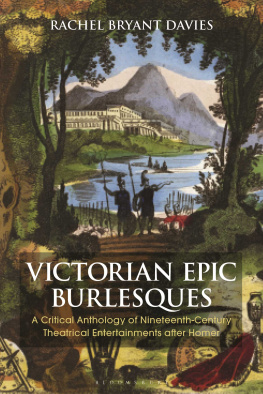
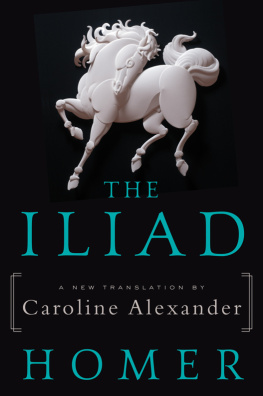
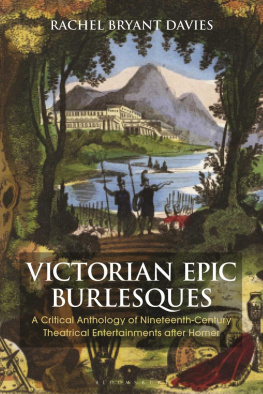
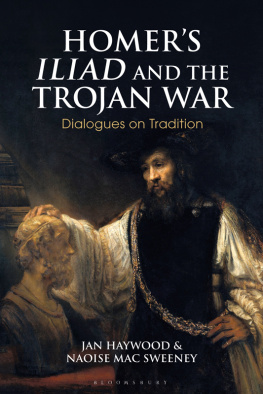

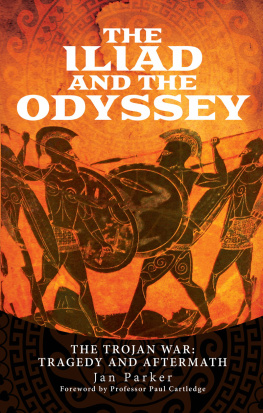

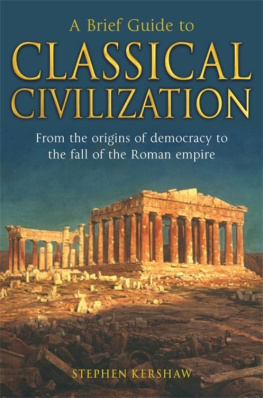

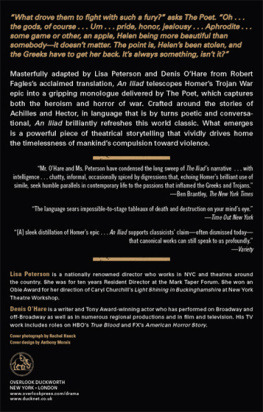



 Bloomsbury Studies in Classical Reception Bloomsbury Studies in Classical Reception presents scholarly monographs offering new and innovative research and debate to students and scholars in the reception of Classical Studies. Each volume will explore the appropriation, reconceptualization and recontextualization of various aspects of the Graeco-Roman world and its culture, looking at the impact of the ancient world on modernity. Research will also cover reception within antiquity, the theory and practice of translation, and reception theory. Also available in the Series: Ancient Greek Myth in World Fiction since 1989, edited by Justine McConnell and Edith Hall Ancient Magic and the Supernatural in the Modern Visual and Performing Arts, edited by Filippo Carl and Irene Berti Classics in Extremis, Edmund Richardson Greek and Roman Classics in the British Struggle for Social Reform, edited by Henry Stead and Edith Hall Homers Iliad and the Trojan War, Naose Mac Sweeney and Jan Haywood Imagining Xerxes, Emma Bridges Julius Caesars Self-Created Image and its Dramatic Afterlife, Miryana Dimitrova Ovids Myth of Pygmalion on Screen, Paula James The Codex Fori Mussolini, Han Lamers and Bettina Reitz-Joosse The Gentle, Jealous God, Simon Perris Victorian Classical Burlesques, Laura Monrs-Gaspar
Bloomsbury Studies in Classical Reception Bloomsbury Studies in Classical Reception presents scholarly monographs offering new and innovative research and debate to students and scholars in the reception of Classical Studies. Each volume will explore the appropriation, reconceptualization and recontextualization of various aspects of the Graeco-Roman world and its culture, looking at the impact of the ancient world on modernity. Research will also cover reception within antiquity, the theory and practice of translation, and reception theory. Also available in the Series: Ancient Greek Myth in World Fiction since 1989, edited by Justine McConnell and Edith Hall Ancient Magic and the Supernatural in the Modern Visual and Performing Arts, edited by Filippo Carl and Irene Berti Classics in Extremis, Edmund Richardson Greek and Roman Classics in the British Struggle for Social Reform, edited by Henry Stead and Edith Hall Homers Iliad and the Trojan War, Naose Mac Sweeney and Jan Haywood Imagining Xerxes, Emma Bridges Julius Caesars Self-Created Image and its Dramatic Afterlife, Miryana Dimitrova Ovids Myth of Pygmalion on Screen, Paula James The Codex Fori Mussolini, Han Lamers and Bettina Reitz-Joosse The Gentle, Jealous God, Simon Perris Victorian Classical Burlesques, Laura Monrs-Gaspar  For my husband, with love and thanks
For my husband, with love and thanks Figure 1 Playbill of Thomas Dibdins Melodrama Mad! at the Surrey Theatre (1819) Victoria and Albert Museum, London. However, legislation did not keep pace with demand. From 1737 until 1843, only two venues in London which held Royal patents ( Ironically, the Colman the Younger struggled to decide, along with the Lord Chamberlain, the precise ratio of songs, verse and speech to enforce in burlettas.
Figure 1 Playbill of Thomas Dibdins Melodrama Mad! at the Surrey Theatre (1819) Victoria and Albert Museum, London. However, legislation did not keep pace with demand. From 1737 until 1843, only two venues in London which held Royal patents ( Ironically, the Colman the Younger struggled to decide, along with the Lord Chamberlain, the precise ratio of songs, verse and speech to enforce in burlettas.